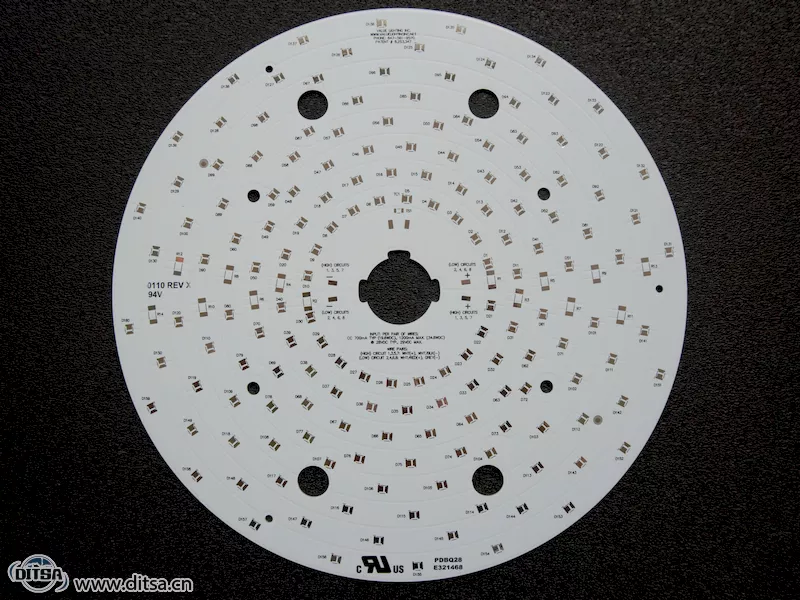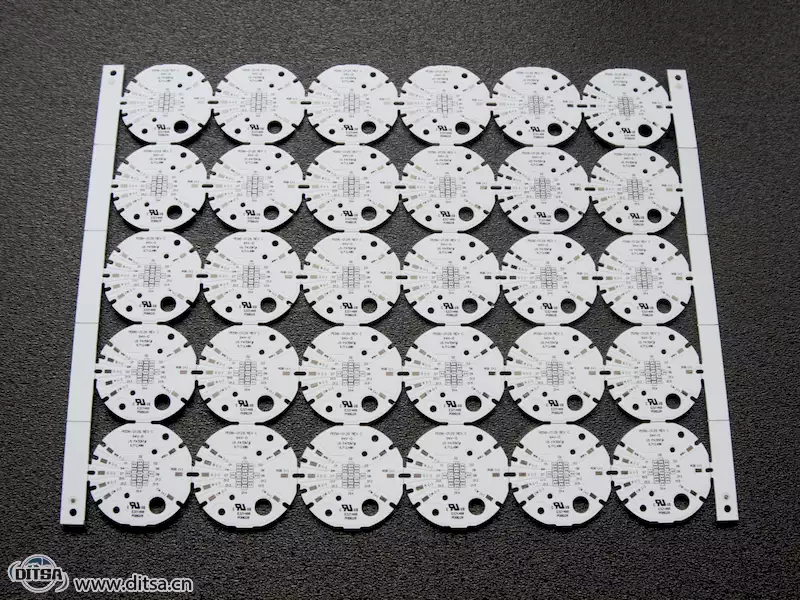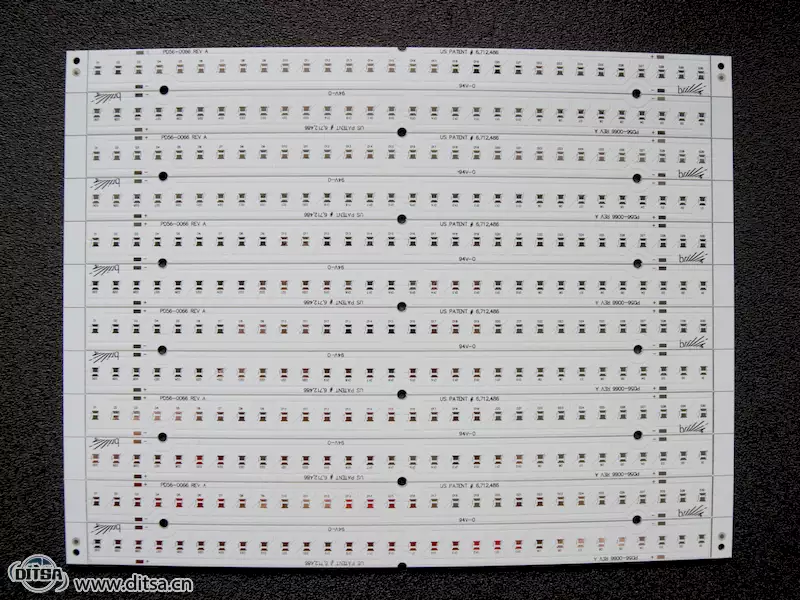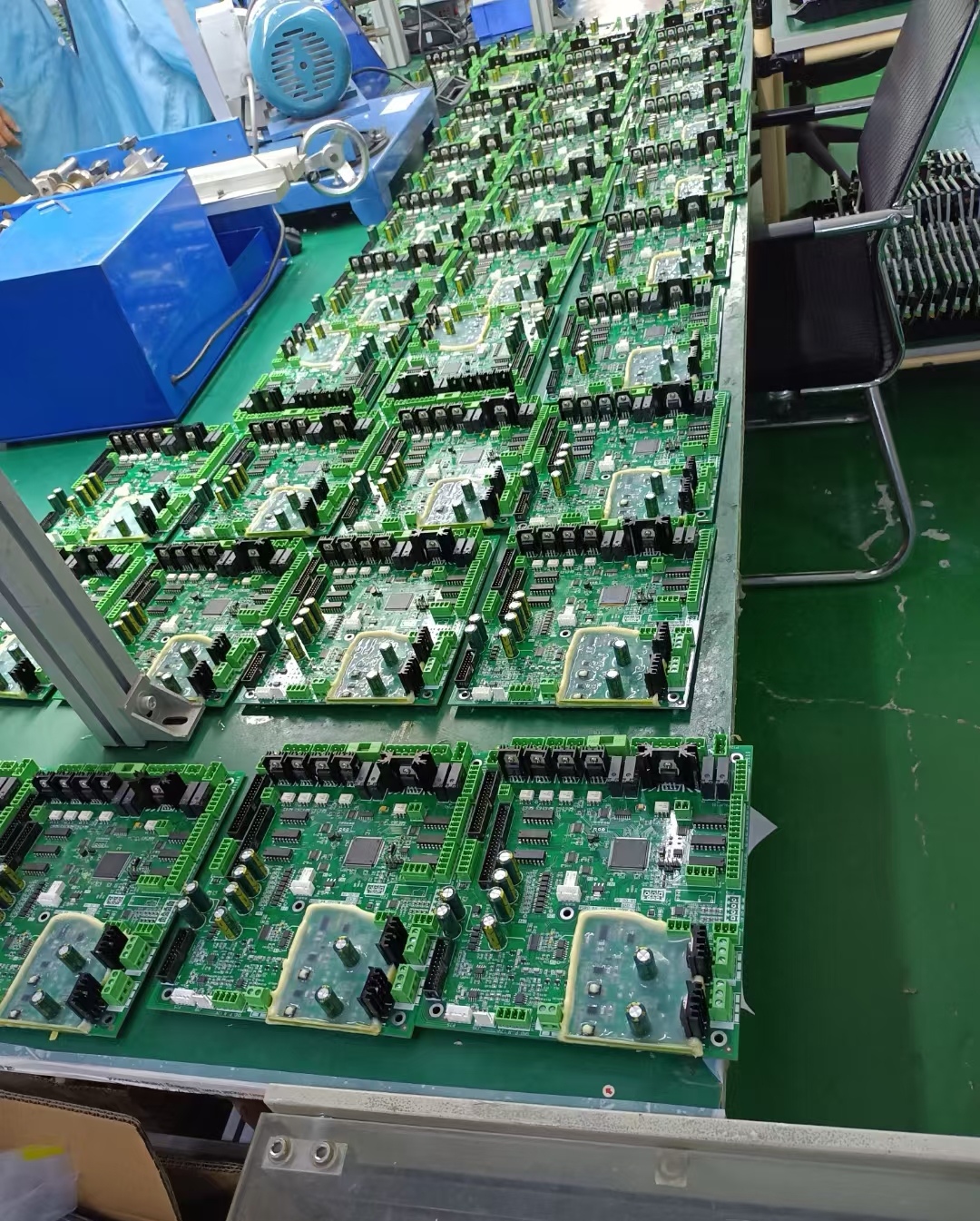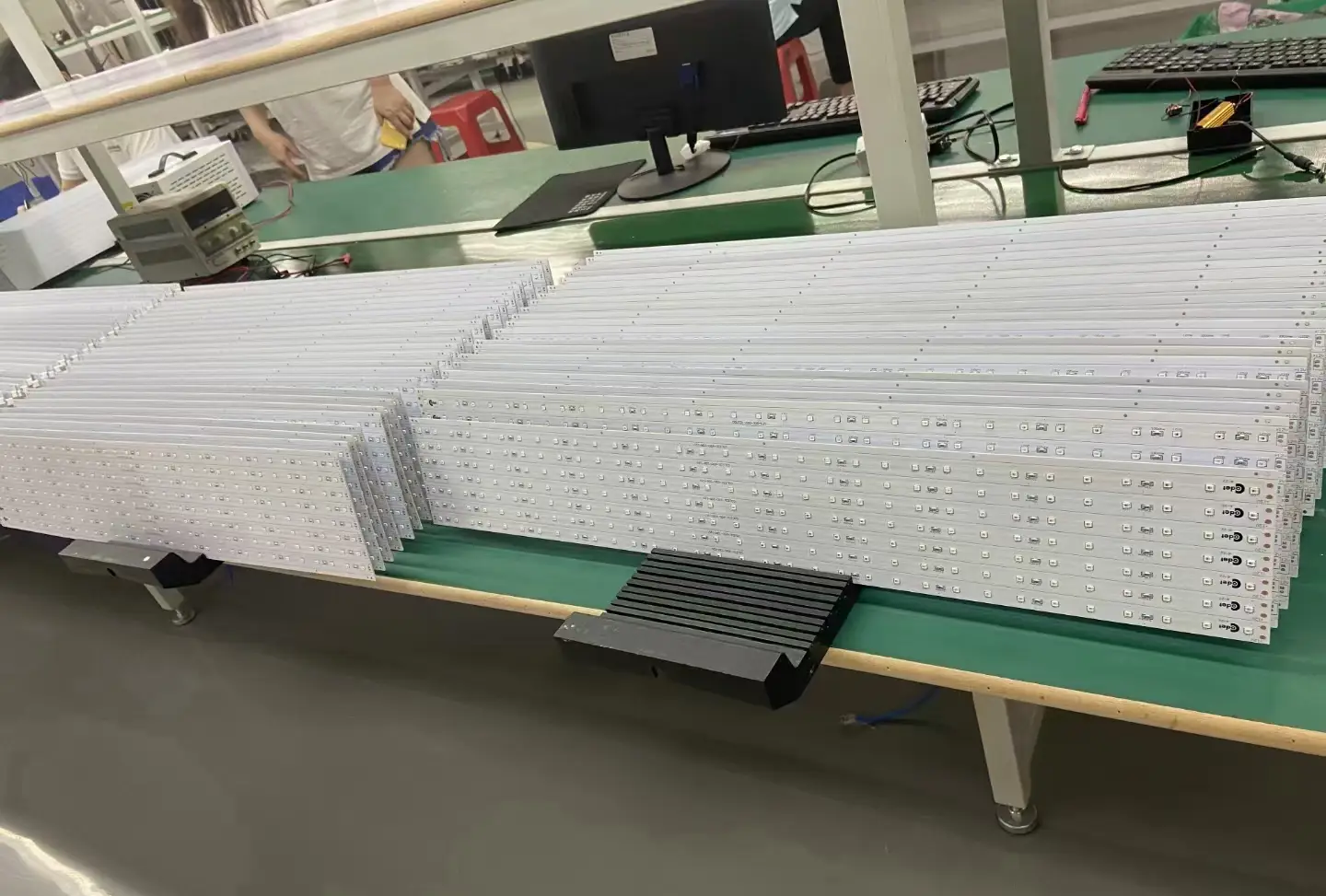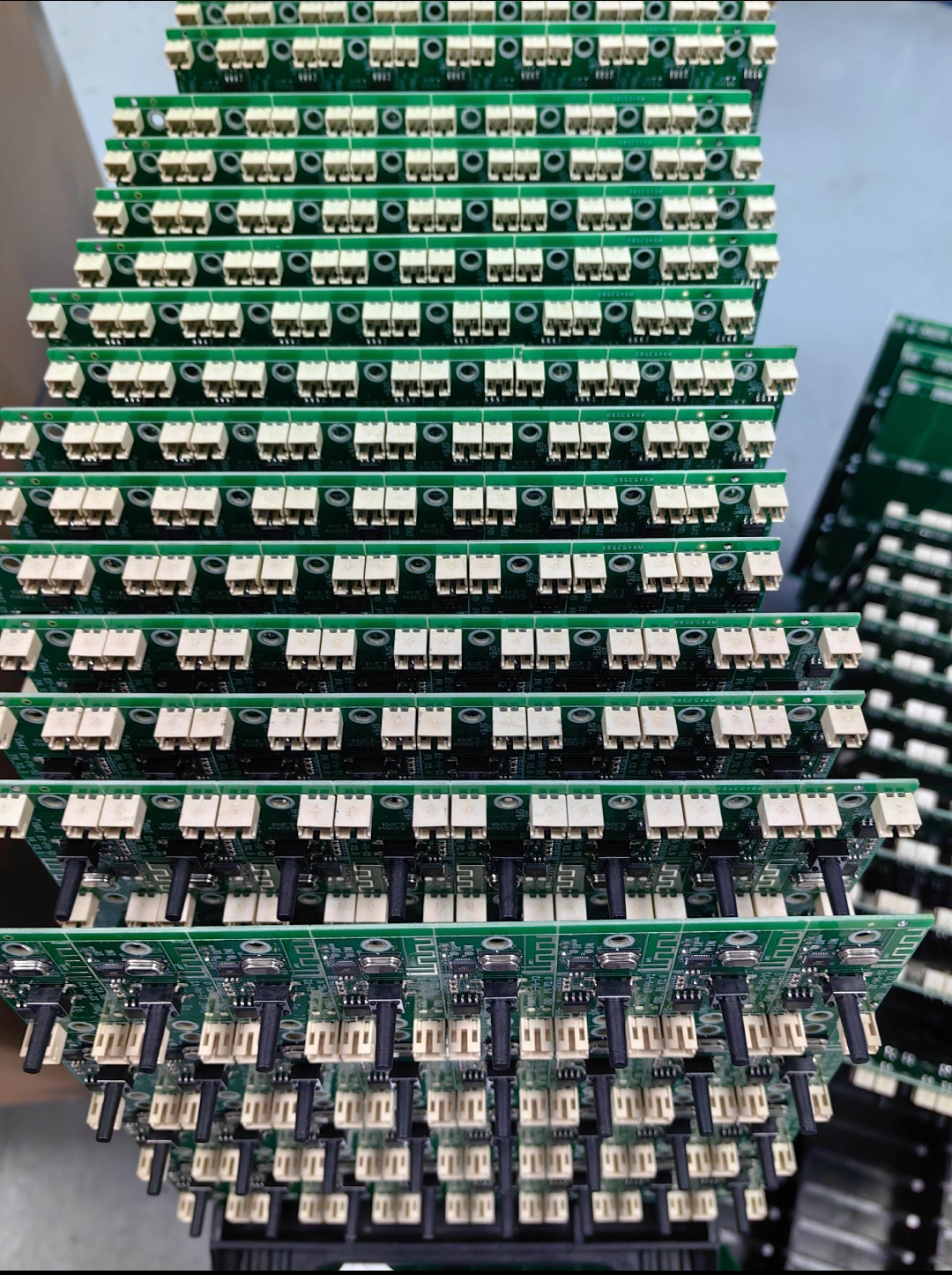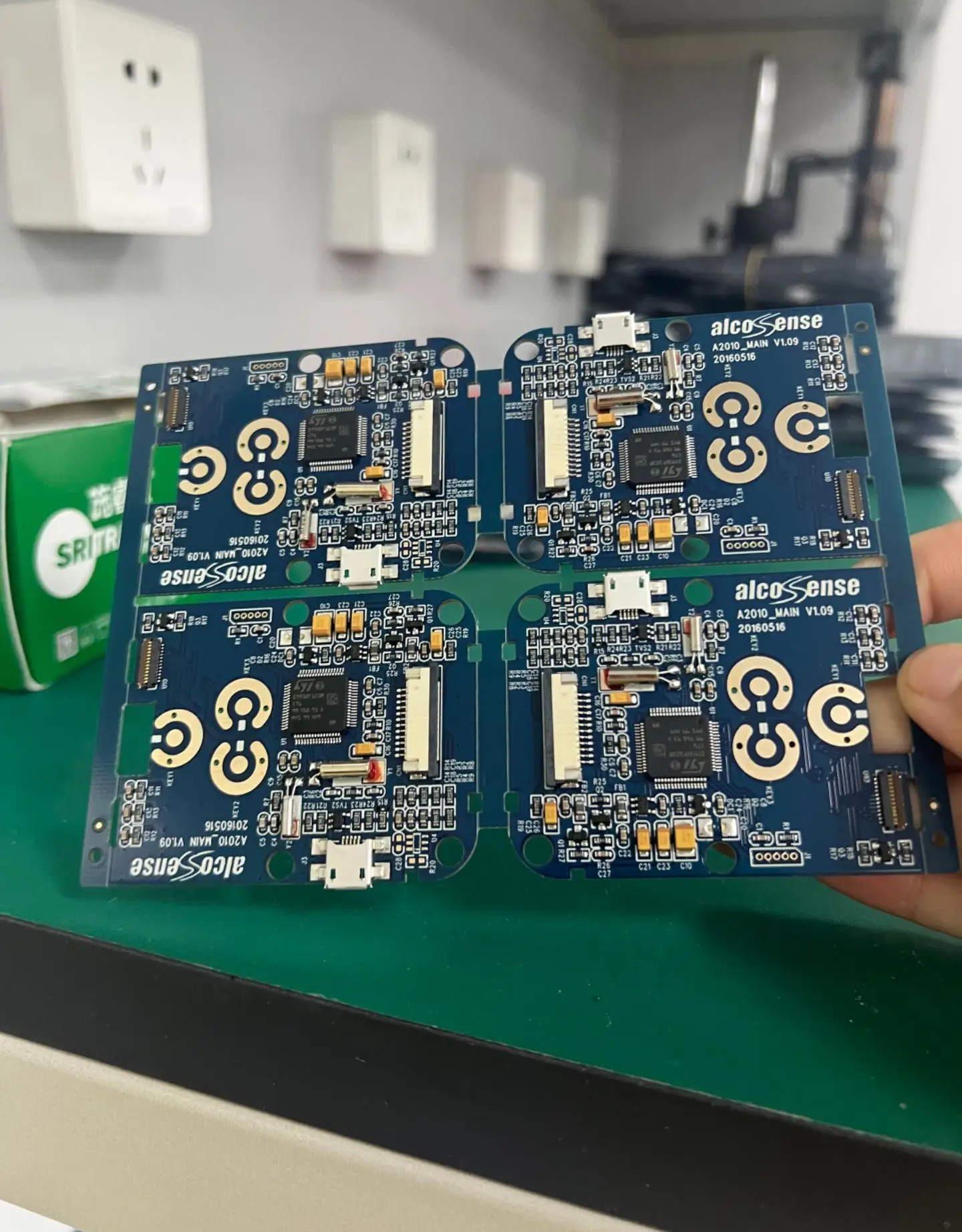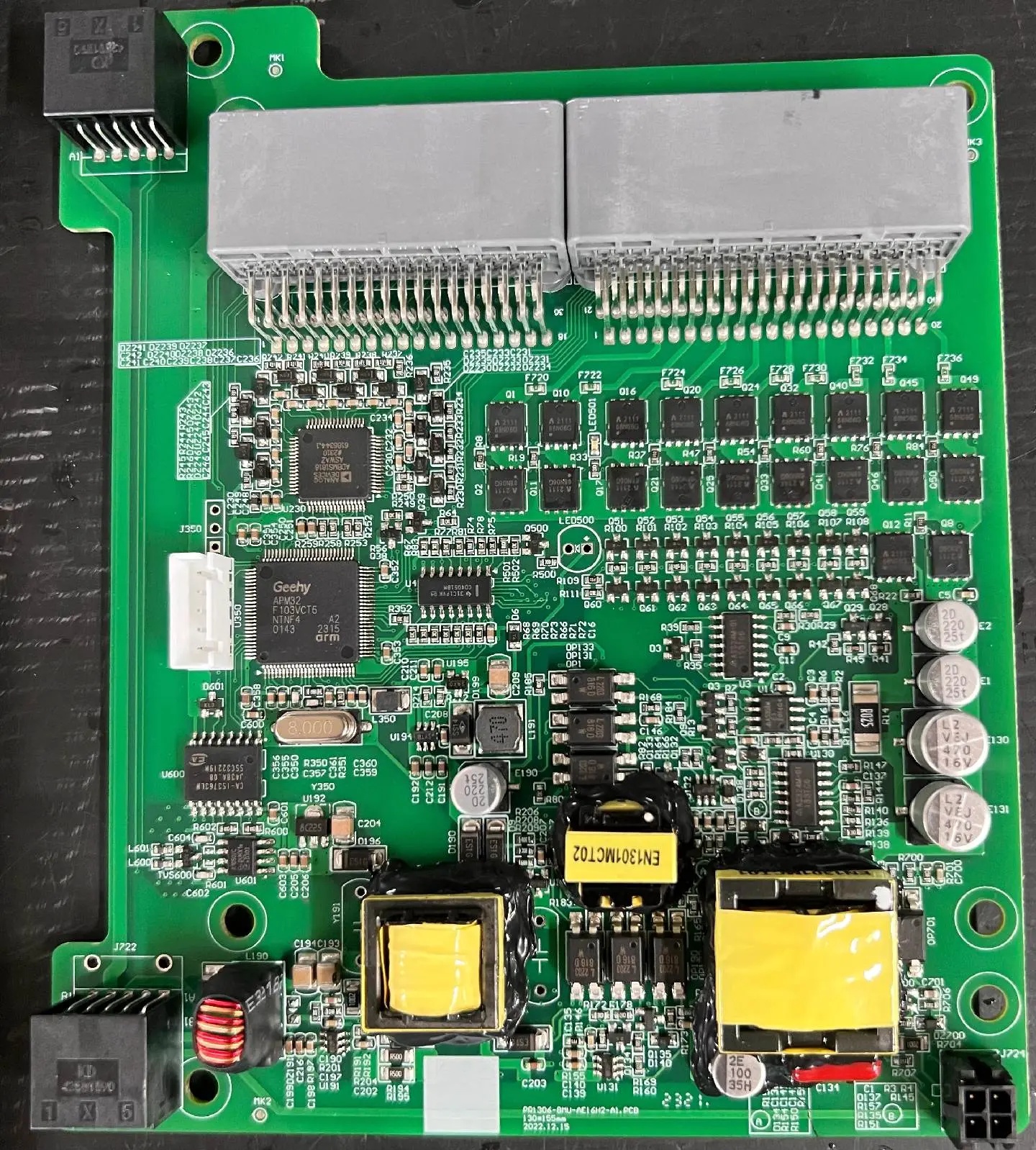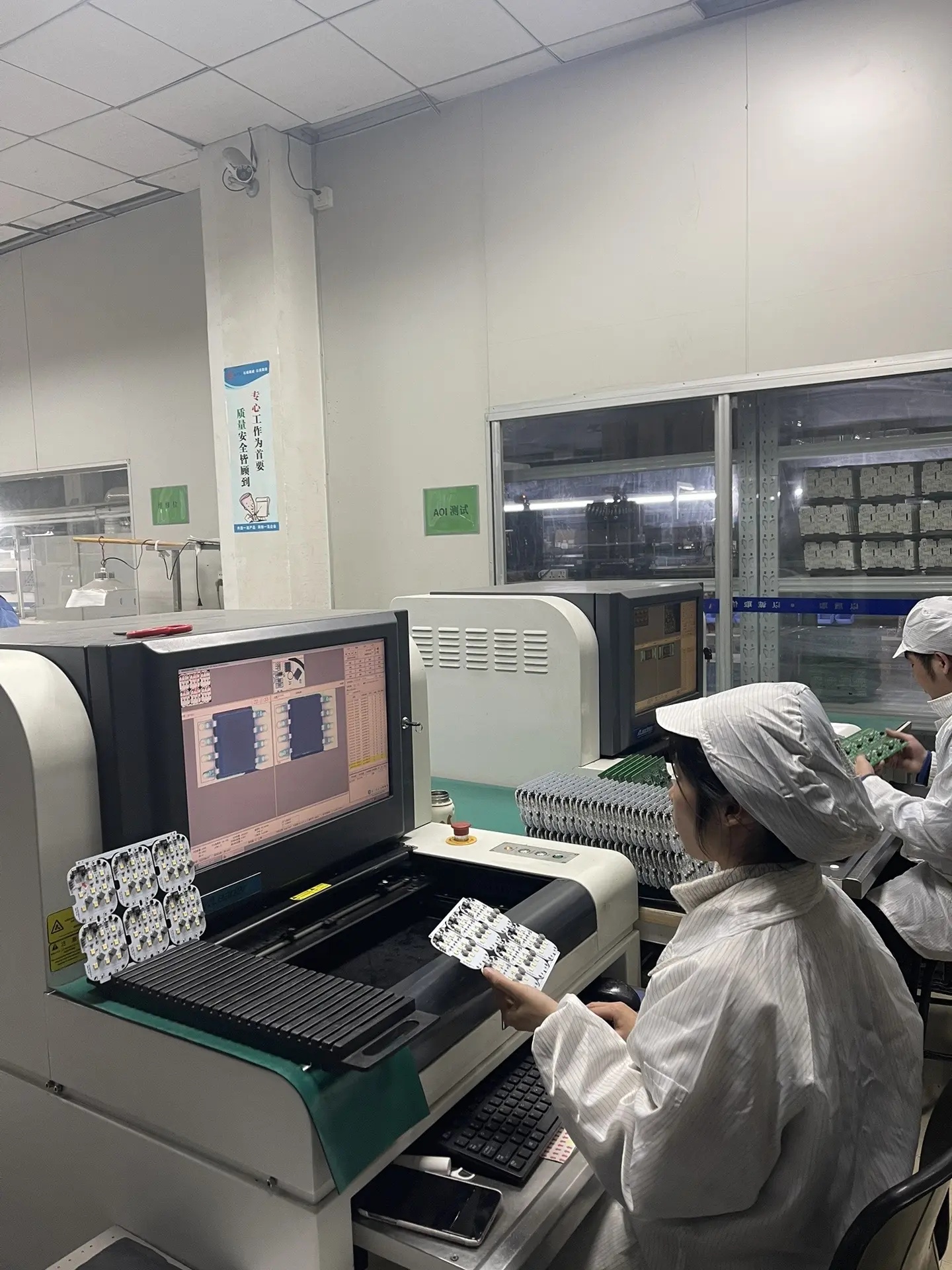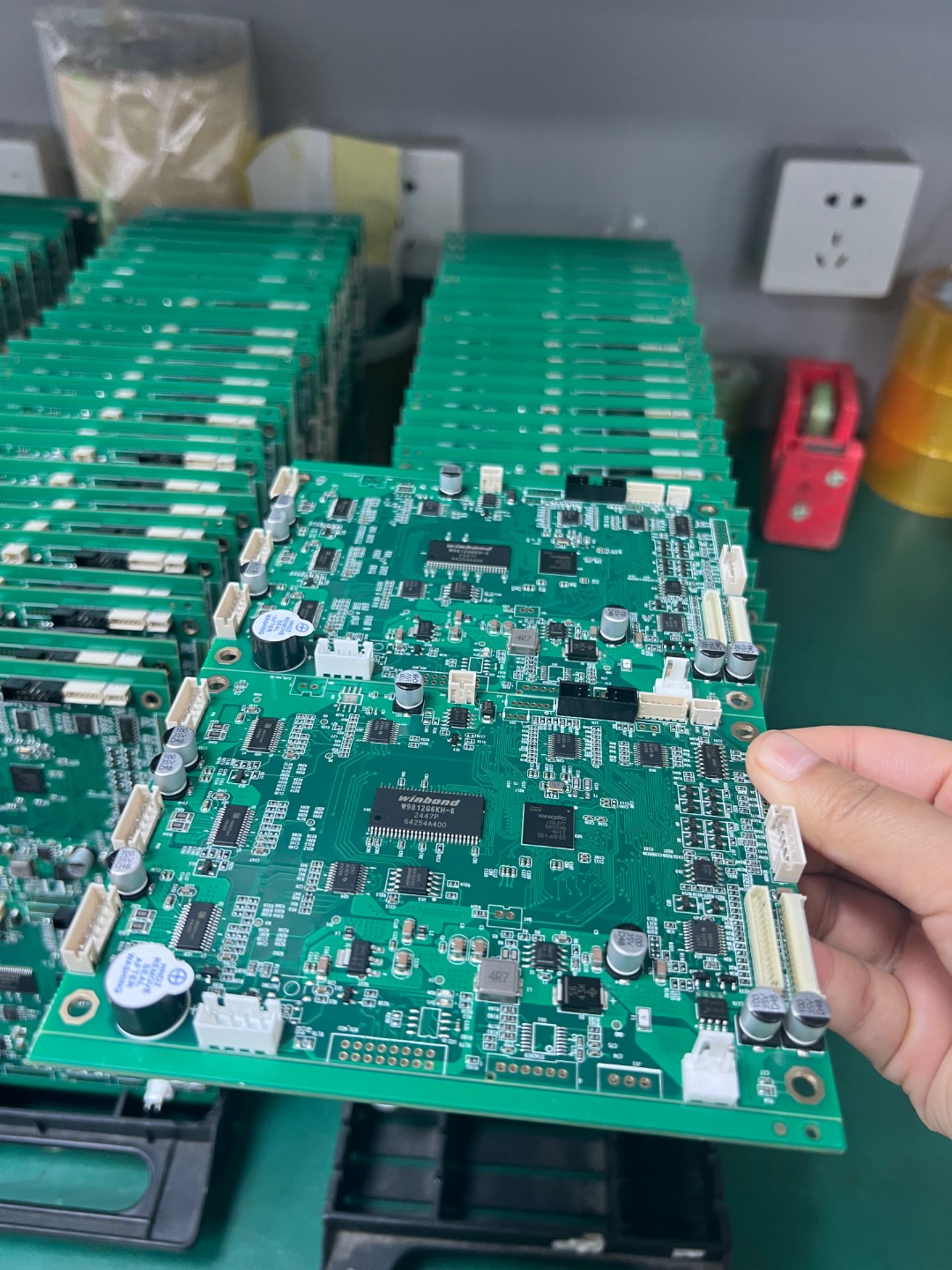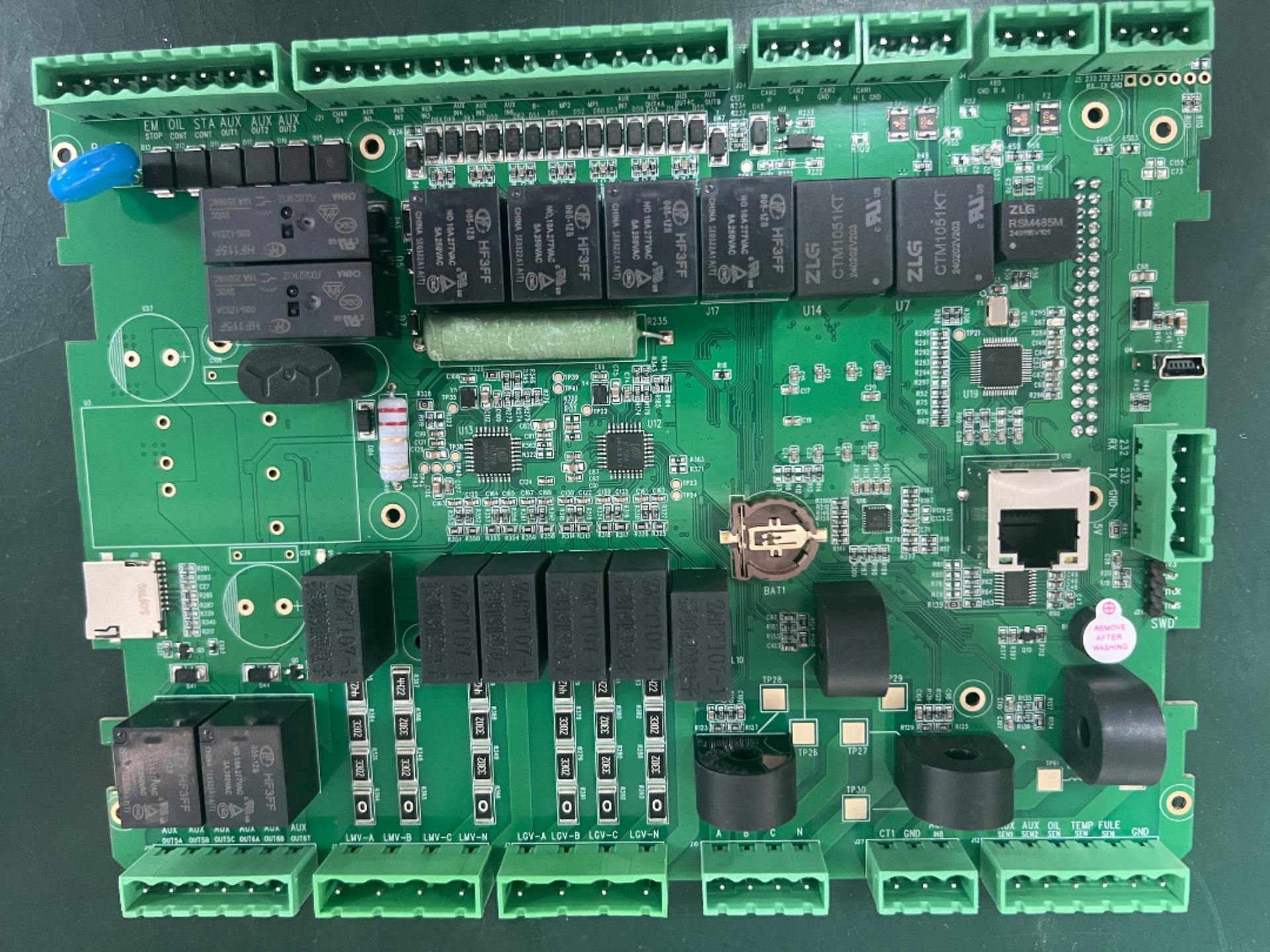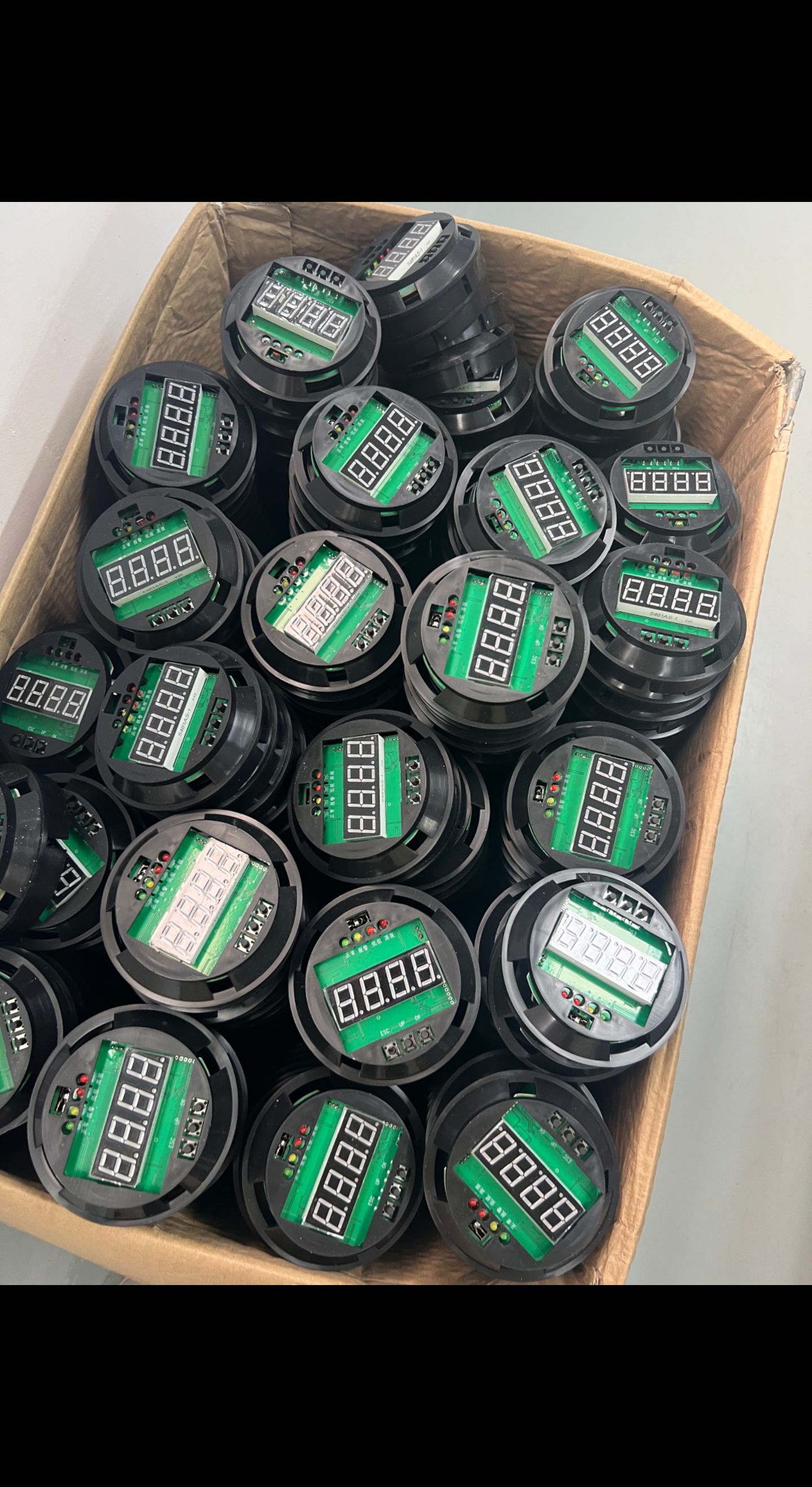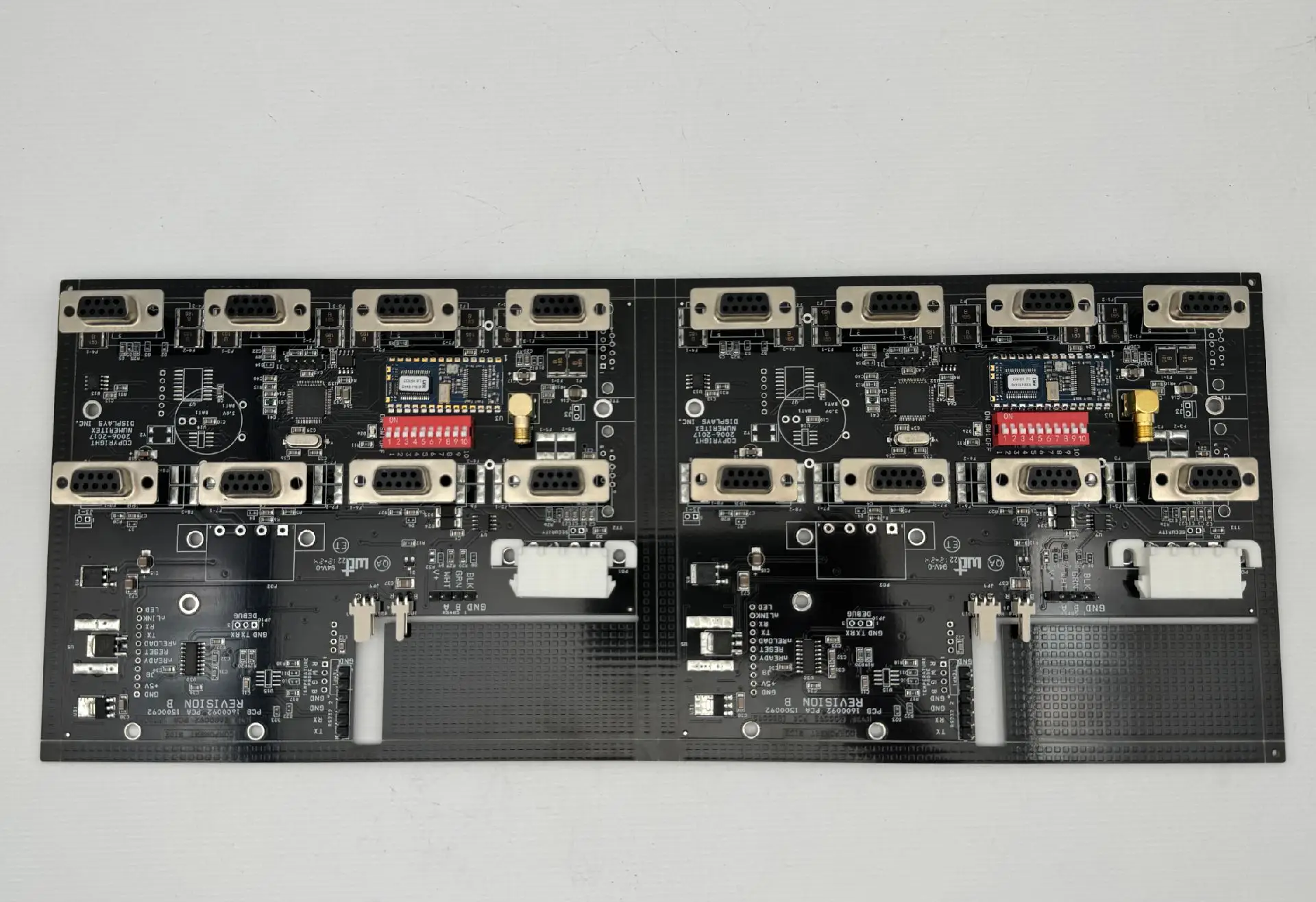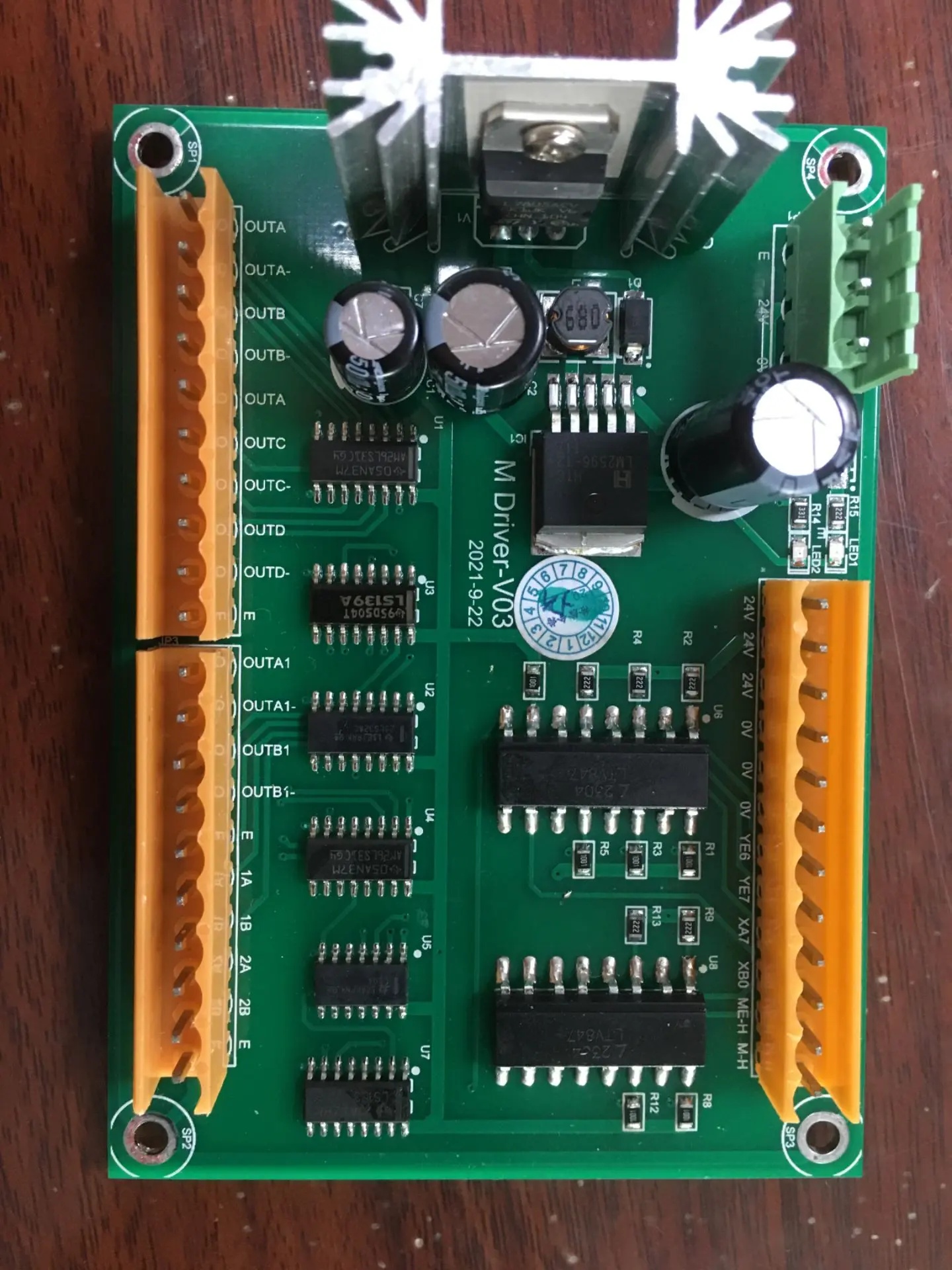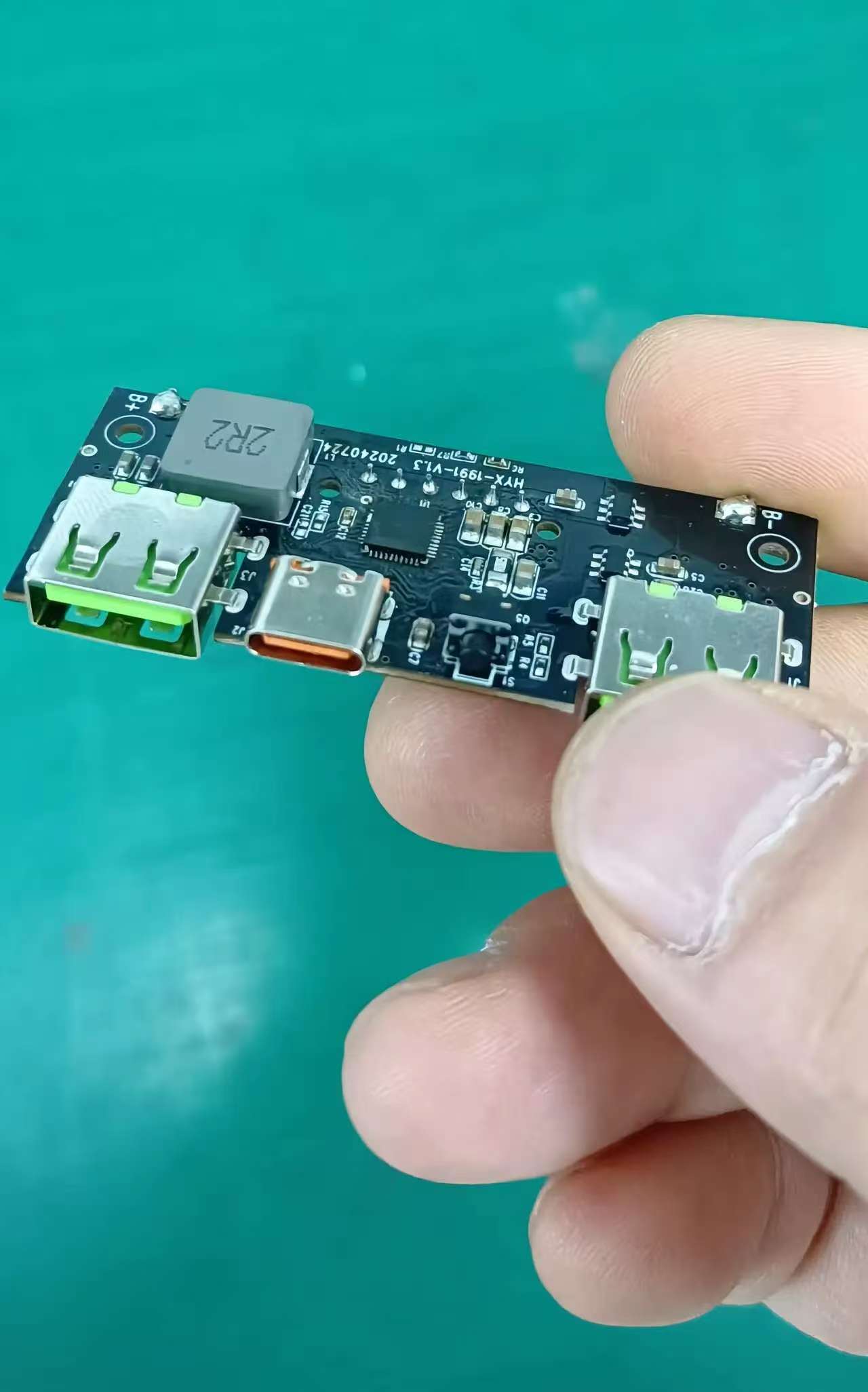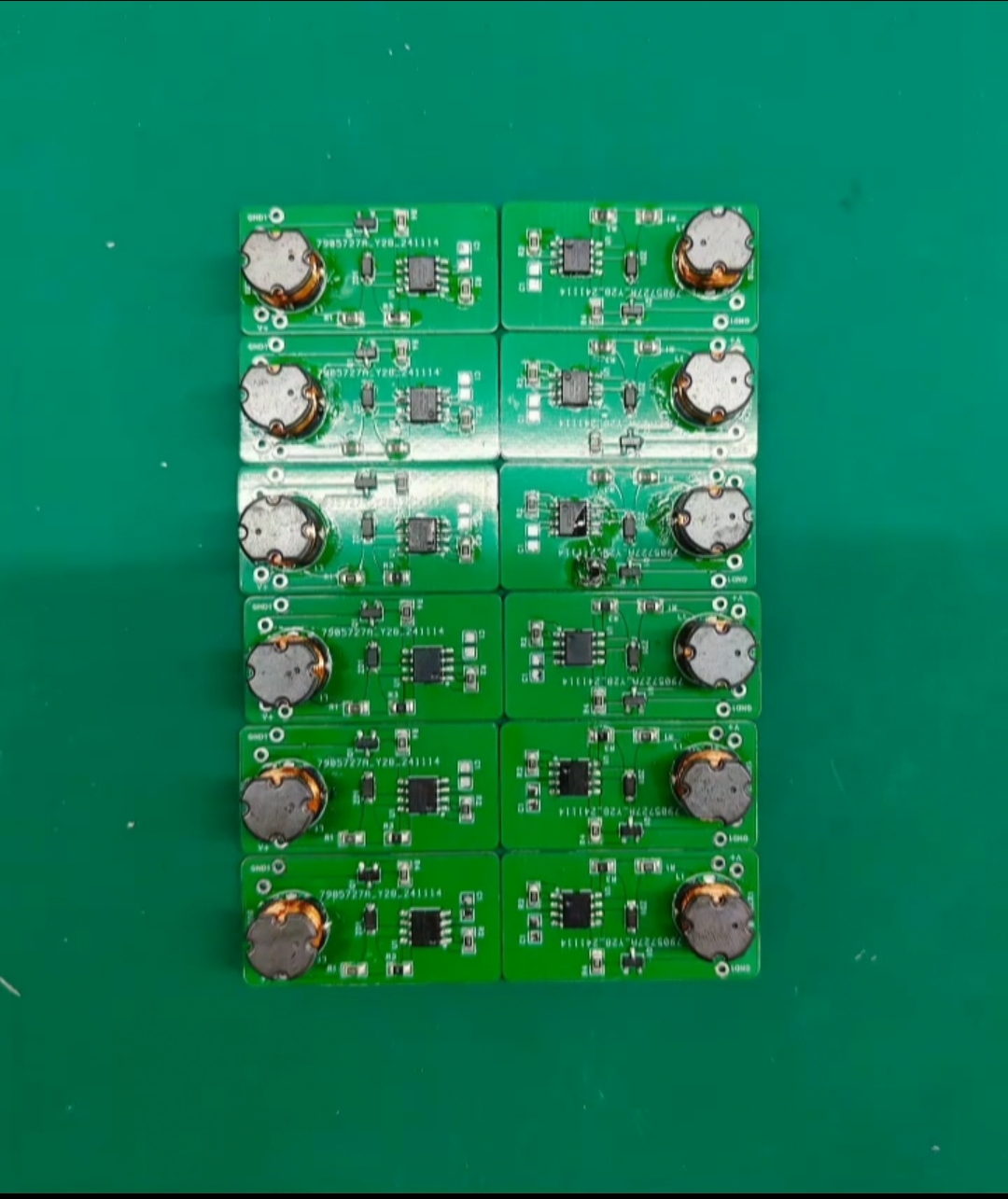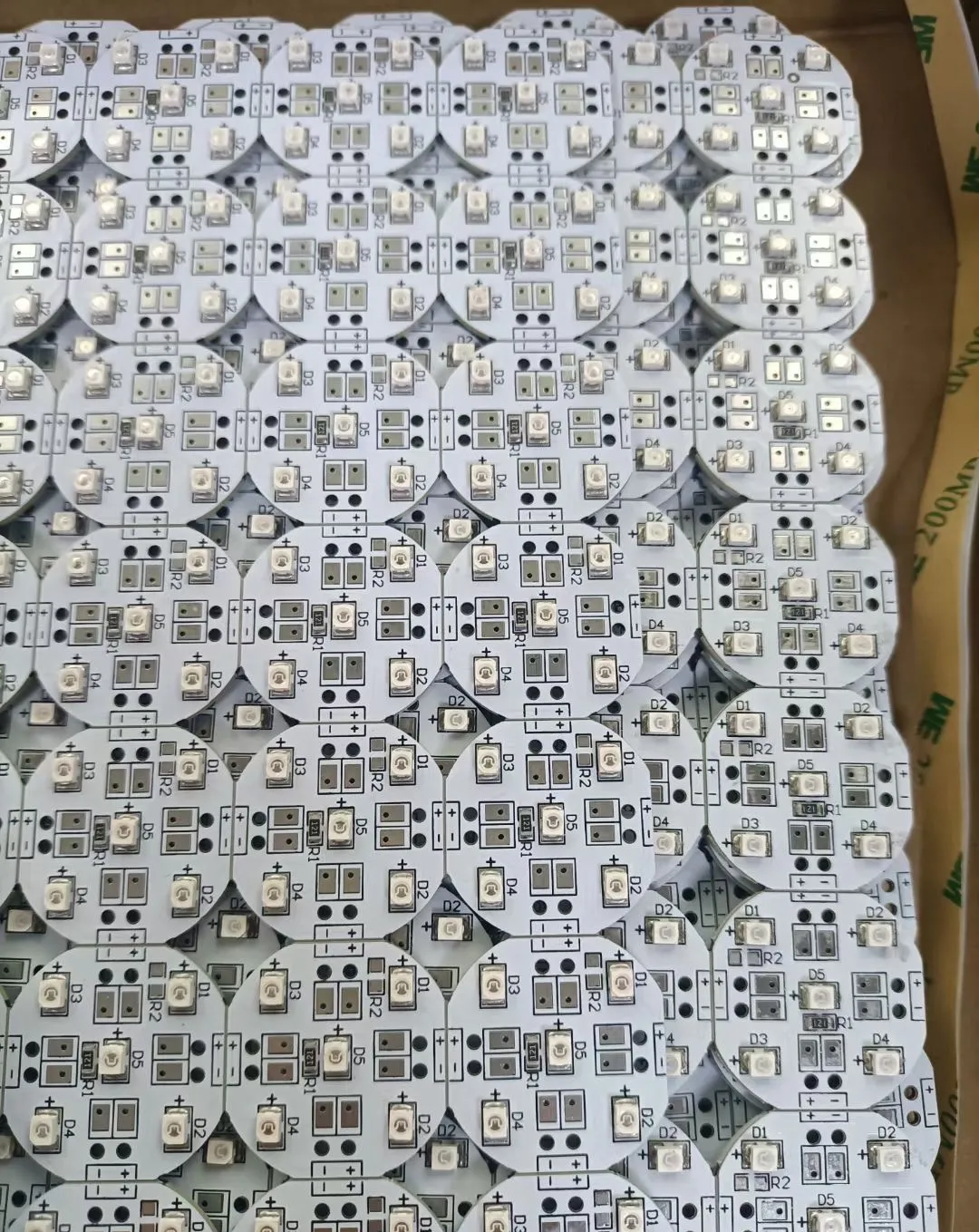Aluminum is a kind of metal-based copper clad laminate with good heat dissipation function. Generally, a single panel is composed of three layers, namely, circuit layer (copper foil), insulation layer and metal base layer. For high-end use, it is also designed as a double-sided panel with a structure of circuit layer, insulation layer, aluminum base, insulation layer and circuit layer. A very small number of applications are multilayer boards, which can be made by laminating ordinary multilayer boards with insulating layers and aluminum substrates.
The circuit board used in led lamps is generally aluminum substrate, which can conduct heat quickly, and the circuit board used in other equipment or electrical appliances is glass fiber board!
Power devices are surface-mounted on the circuit layer, and the heat generated by the devices during operation is rapidly conducted to the metal base layer through the insulating layer, and then the heat is transferred out by the metal base layer, so that the heat dissipation of the devices is realized The aluminum substrate minimizes thermal resistance compared to conventional FR-4, giving the aluminum substrate excellent thermal conductivity and excellent mechanical properties compared to thick-film ceramic circuits.
In addition, the aluminum substrate has the following unique advantages: Meet RoHs requirements; And is more suitable for that SMT proces; The heat diffusion is effectively treated in the circuit design scheme, thereby reducing the operating temperature of the module, prolonging the service life, and improving the power density and reliability; Reduce the assembly of heat sinks and other hardware (including thermal interface materials), reduce the size of products, reduce the cost of hardware and assembly, and optimize the combination of power circuits and control circuits; Replaces fragile ceramic substrates for better mechanical durability.

